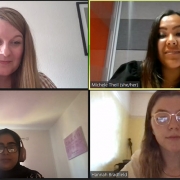Finding a new angle: How to break through a busy news cycle
The cost-of-living crisis, ongoing changes in the UK Government, the invasion of Ukraine, the World Cup (Joe Lycett), the Royals – it may feel like pitches unrelated to these subjects will struggle to find a place in the UK media right now, but there is a place for every story if you find the right angle.
At our recent Journalist Voices by Vuelio event, The Daily Telegraph’s Yolanthe Fawehinmi, Marie Claire’s Ally Head and freelance journalists Hannah Ajala and Isabella Silvers shared the opportunities for PRs reaching out to the media.
Before trying a tenuous link to the topics trending in the headlines when preparing to pitch, step back and switch up your strategy.
Watch the full Journalist Voices by Vuelio event here.
‘I’m going to be slightly controversial,’ opened Ally when asked about the media’s focus on particular story threads right now. ‘Perhaps PRs think that’s the case… but I don’t think it is’.
Working on Marie Claire as health, sustainability and relationships editor, Ally has a wide-reaching remit but a very specific readership she is writing for.
‘There are so many different publications, stories and angles out there, but it is all about getting to know the brand and what would be relevant to them,’ said Ally.
‘Marie Claire is about female empowerment, so you can put that angle on a story. Last month I got thousands of pitches with polycystic ovary syndrome (PCOS) angles, all with backing from doctors and registered experts, but I only got one with a first-person case study. It is finding that angle. If it is an awareness month, find something people might not be aware of.’
The lure of national newspapers, big broadcasters and high-circulation consumer mags are tempting when working to place a story – a front page or double-page spread in the Daily Mail/The Daily Telegraph/The Mirror/The Guardian is any brand or client’s dream – but extend your reach beyond them. There is a whole world’s worth of reporters writing for different audiences on differing topics.
Breaking into the news cycle very much ‘depends on where you are in the world,’ shared We Are Black Journos founder Hannah Ajala, who writes for publications all over the world.
‘This year alone, I’ve spent time in 15 different counties,’ said Hannah. ‘Pitching really depends on what is the main interest of the people in that country or society. Depending on religious groups, social class, what is trending – what the big story is in that country may not make global news.
‘You can find inspiration anywhere and social media is a really great place for tapping in without having to be there – hashtags are fantastic to use. There are so many ways of finding inspiration. If you are always on the hunt for an interesting story, you can find something.’
And on the topic of featuring in The Telegraph, Yolanthe highlighted the importance of paying close attention to audiences and determining what they will want to read.
‘I’m a features writer, so with features it is about putting a human face to a story,’ Yolanthe advised.
‘The Telegraph knows its angles and their audience is right wing – they know who they are; “pull your socks up” kind of readers. Work backwards from your intended audience. Over the past few months on my team, the focus has been politics, with the Government changing and the Queen’s passing. Those are big Telegraph stories – we didn’t write many stories outside of that. So know what the audience will need. What will dominate that publication’s news cycle?’
For whichever story you have to pitch, there will be staff journalists, influencers and freelancers who will find your contribution useful and interesting – just be careful to tailor what you have to their unique patches and working patterns.
As well as working on the branded content team at Hearst UK, Isabella freelances for the publisher and other brands including Stylist, Metro and Refinery29, and has her own newsletter called Mixed Messages. For her, pitching successfully is ‘all about the audience and what each brand is interested in’.
‘The Queen – everyone was talking about it, but Marie Claire would have covered it differently to the Telegraph. It’s all about finding what works,’ shared Isabella.
‘Menopause is such a big topic, for another example – Good Housekeeping and Red write-ups would be for an older audience, but for Cosmopolitan you would want a first-person piece on early menopause. Tailor your points for each publication.’
The ultimate aim for the media is the same as for PRs, whatever seems at first glance to be trending and taking over the news cycle – ‘All we want to do is create content for our audiences,’ says Isabella. Whatever content you have to pitch – find the right writer and an angle that will work for them and their audience.
Thank you to London Filmed for providing the AV for this event: Londonfilmed.com.
For more on working with these journalists and advice on pitching to the media, watch the full event and check out our write-up on how Vuelio can help on the specifics.



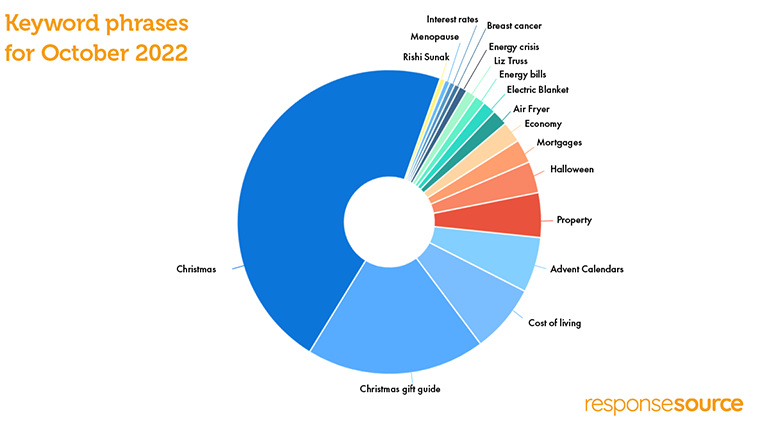
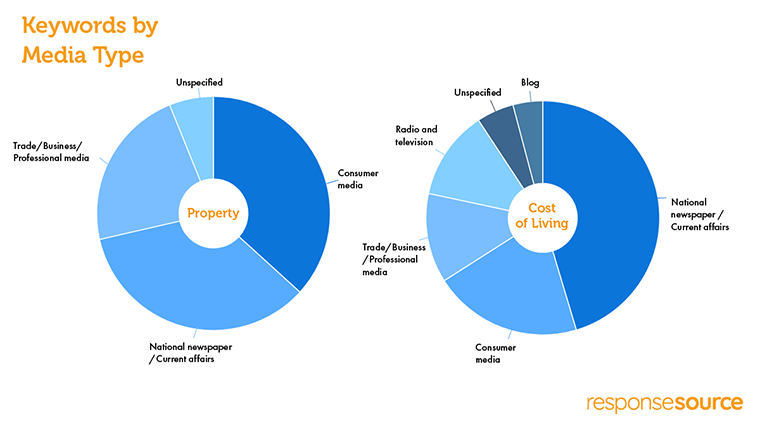




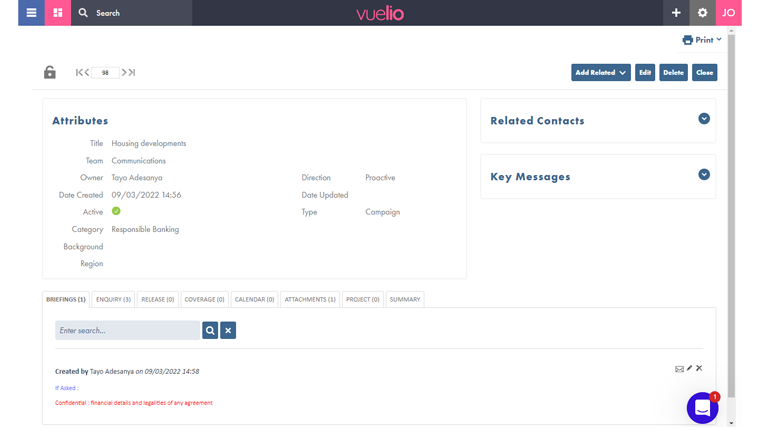
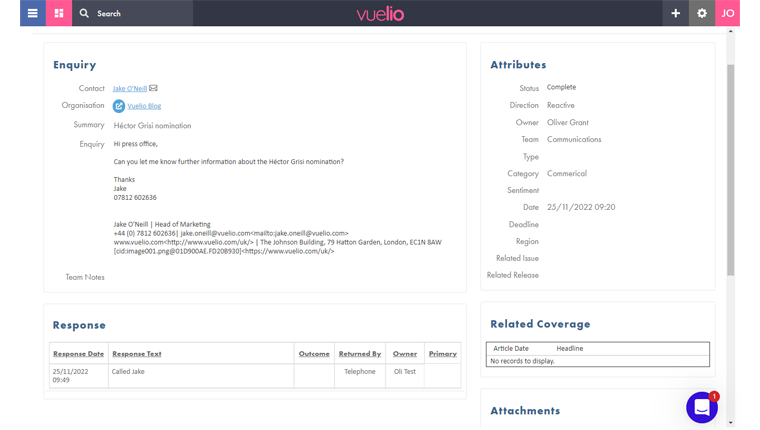
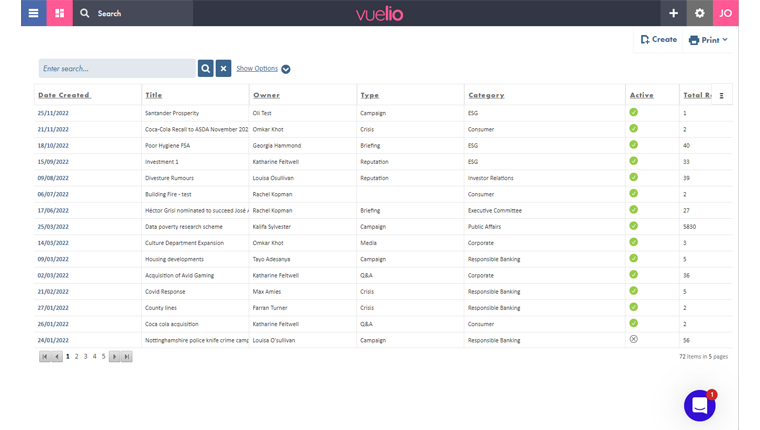
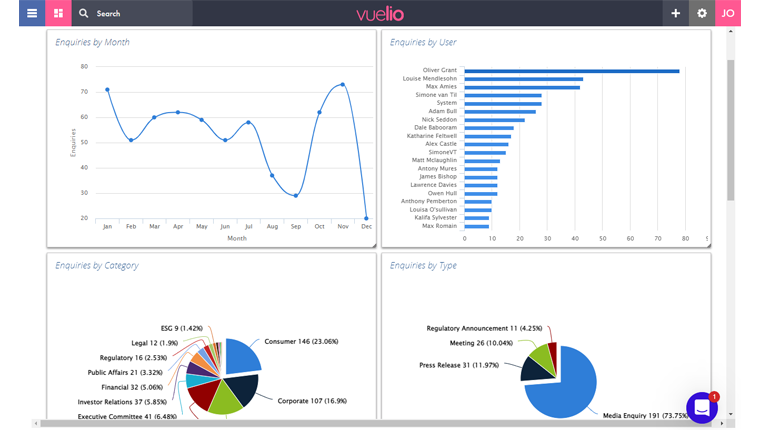
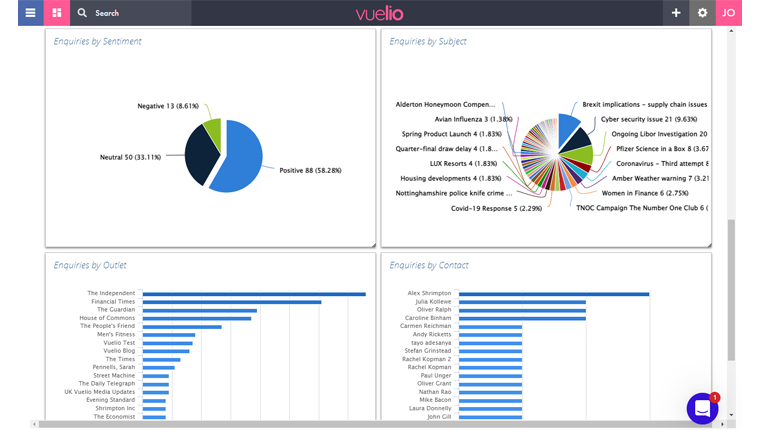


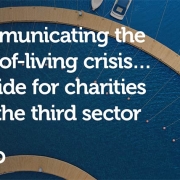




 We are hearing a huge range of devastating stories from our centre visitors across the UK of how the crisis is hitting them hard. People with cancer already face a financial burden because of reduced income from being off work or unable to apply for work, greater heating (or, this summer, cooling) needs because of treatment and being at home during the day as well as dietary requirements. Added to that – the travel costs of getting to their appointments.
We are hearing a huge range of devastating stories from our centre visitors across the UK of how the crisis is hitting them hard. People with cancer already face a financial burden because of reduced income from being off work or unable to apply for work, greater heating (or, this summer, cooling) needs because of treatment and being at home during the day as well as dietary requirements. Added to that – the travel costs of getting to their appointments.



